Fire fighting
We excel in maintenance & after-sales service

Firefighting is considered one of the important things in which individuals and property must be protected.
By investing in advanced systems and appropriate equipment, as well as ongoing maintenance and training, a safe environment can be ensured.
Specialized contracting companies in this field provide all solutions, from design and installation to periodic maintenance and training.
Firefighting – systems and techniques
Firefighting systems include a set of equipment and techniques that aim to prevent the spread of fire, extinguish fires, and save lives and property. Here are some of the systems used in this field:
Fire Detection Systems
Smoke detectors: They rely on smoke sensing technologies inside buildings and facilities, which allows early detection of fire.
Heat detectors: These devices are used to detect abnormal temperature rises in a specific location, thus alerting officials to take necessary action.
Gas detectors: Used to detect the presence of flammable or toxic gases (such as carbon monoxide) in the environment.
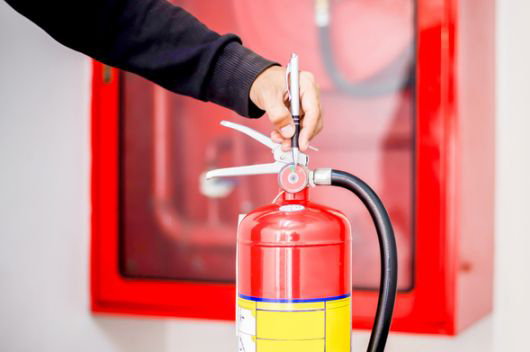
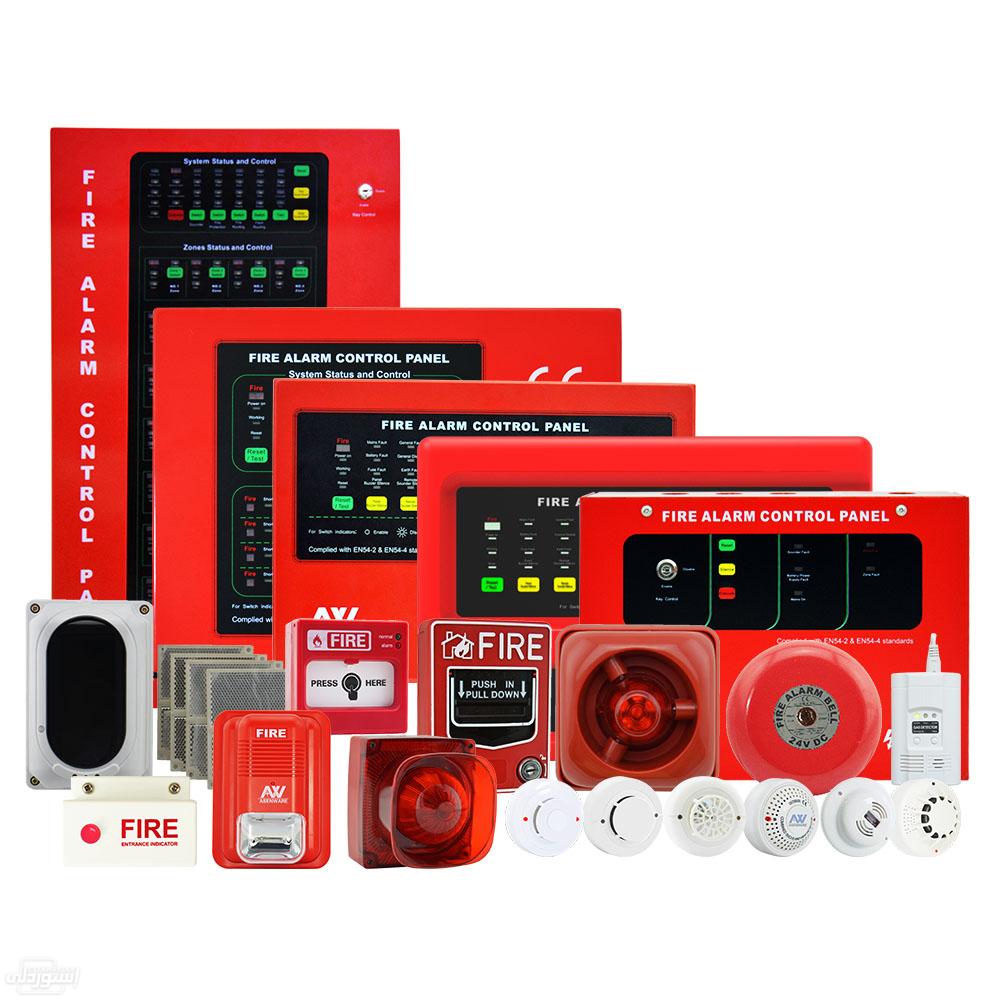
Fire Extinguishing Systems
Automatic sprinkler systems: They are considered one of the most effective fire-fighting systems, as water is automatically sprayed immediately upon detecting a fire.
Gas fire extinguishing systems: They are used in places that require protection without the use of water, such as computer rooms or facilities containing sensitive devices. The most common gases used are: FM200, INERGEN, and CO2.
Foam sprinkler systems: Foam is used to extinguish a fire by covering the fire and preventing oxygen from reaching it.
Water extinguishing systems: Water is mainly used to cool the fire and extinguish it.
Fire-fighting equipment
Fire Extinguishers:
Dry powder extinguishers: Used to combat various types of fires (Class A, B, and C).
Carbon dioxide (CO2) extinguishers: These are especially used to extinguish fires of electricity and electronic equipment.
Water and foam extinguishers: used to extinguish fires of flammable materials.
Fire hoses: used to direct water to the fire location. Contains quick connectors for easy connection.
Fire guns: Direct water precisely to extinguish a fire effectively.
Ventilation and Smoke Exhaust Fans:
Exhaust fans: Used to extract smoke and heat from enclosed spaces after a fire.
Ventilation systems: Help improve air quality and overall ventilation, especially in spaces containing sensitive equipment.
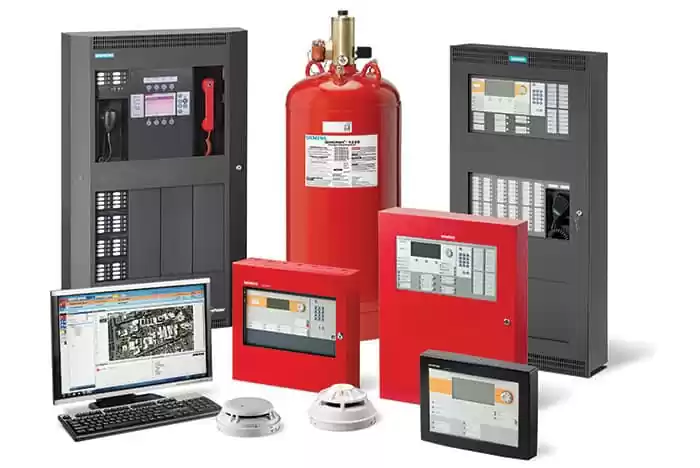
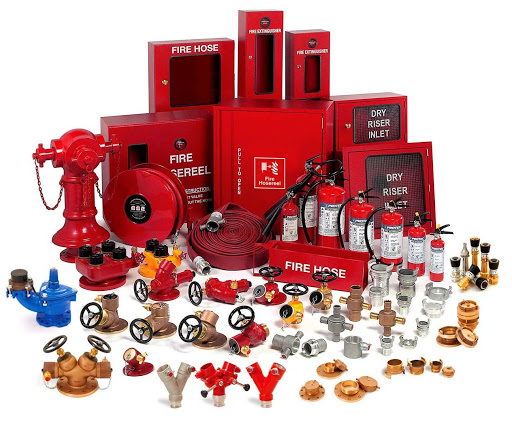
Firefighting contracting
El Salam Co. For Trade, Industrial Safety and Fireoffers a range of services including the design, installation, and maintenance of firefighting systems. These services include:
Firefighting System Design:
Risk Analysis to determine the most appropriate type of protection for each facility.
Choosing and specifying appropriate systems (spray systems, gas systems, detection systems).
System Installation:
Implementation of systems in buildings and facilities according to international standards.
Installation of pipes, hoses, and sprinkler systems.
Installation of various detection and extinguishing equipment.
Periodic maintenance:
Conduct preventive maintenance for the devices to ensure their efficient operation in the event of a fire.
Test systems periodically to evaluate their effectiveness.
Performing tests and inspections:
Examine systems at different locations to ensure that they are comply with local regulations and laws.
Fire Protection Systems in Private Facilities
Protection systems vary depending on the type of facility and the anticipated risks:
Commercial and administrative buildings: Include integrated fire extinguishing, alarm, and detection systems.
Factories and workshops: need advanced firefighting systems that are compatible with the hazardous materials and machines used.
Hotels and hospitals: Require fast and effective fire extinguishing systems that take into account large spaces.
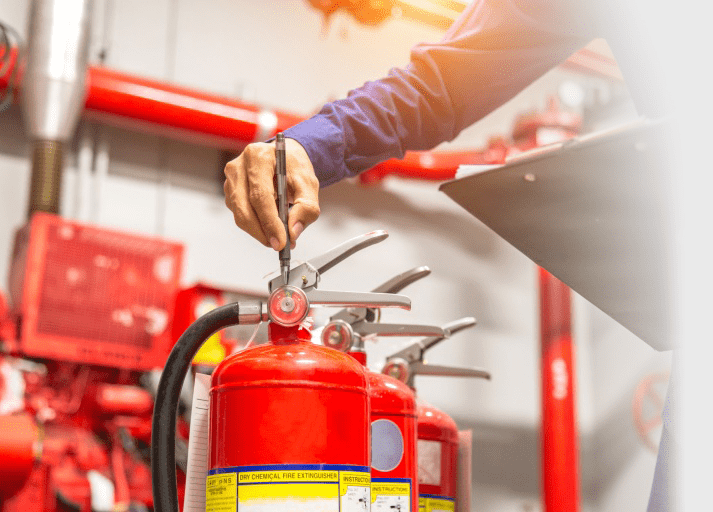
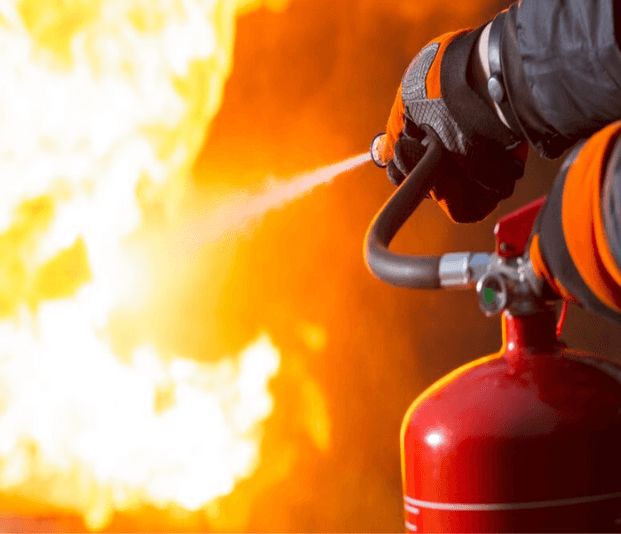
Safety training for employees
Training courses: Training workers on the use of fire-fighting equipment and how to react in emergency situations.
First aid training: How to provide first aid in the event of injuries caused by fire.
Firefighting Regulations and Laws
Firefighting companies follow international and local standards and laws, such as:
NFPA (National Fire Protection Association): Provides comprehensive standards for fire protection systems.
NFPA 13: Addresses standards for the installation of sprinkler systems.
ISO 45001: Occupational health and safety standards.
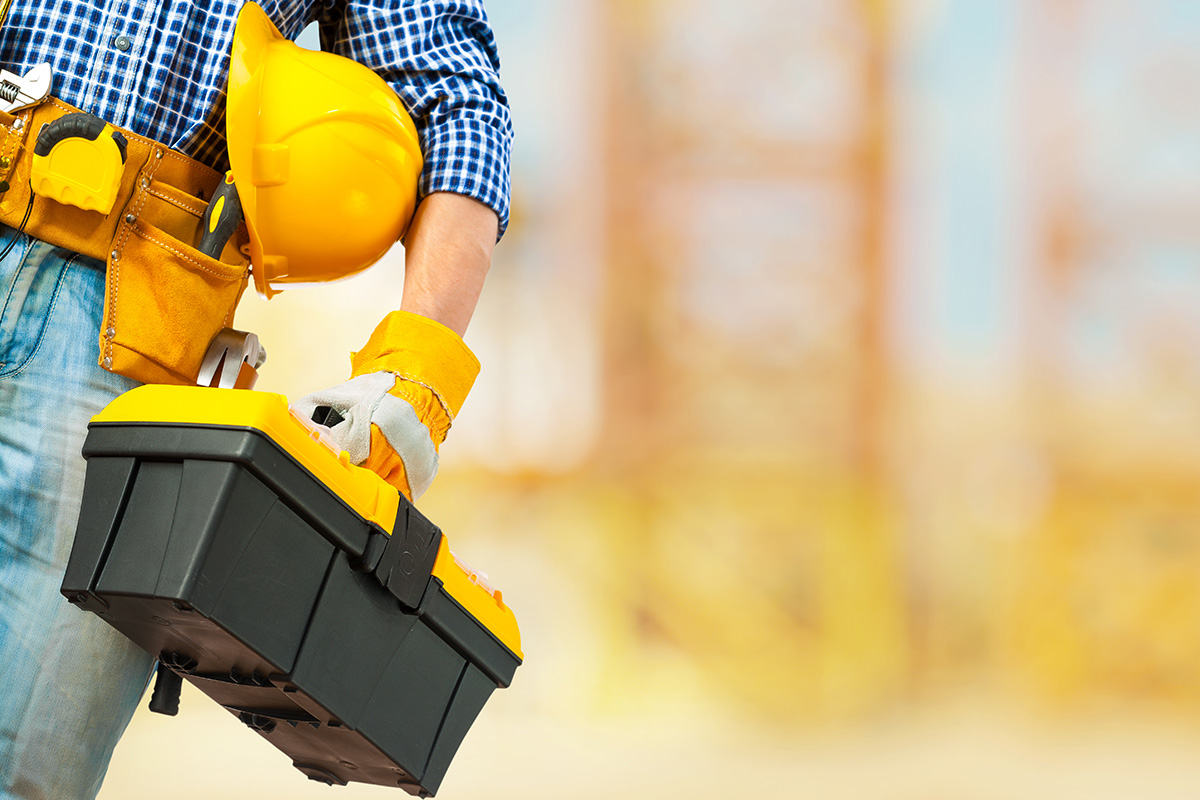
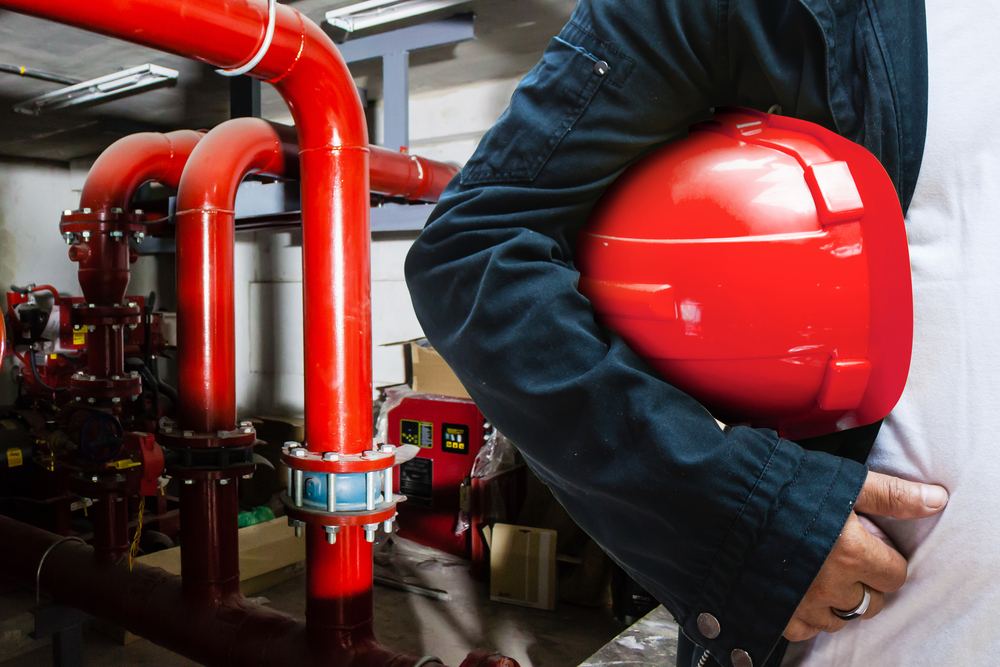
Consulting services
Risk Studies: An initial risk analysis to determine the appropriate systems for each type of facility.
Engineering consulting: Providing consultations on the design and installation of fire-fighting systems, and calculations of the requirements for those systems.
Companies that provide complete firefighting services
Providing systems and technologies: purchasing and selling all equipment and systems related to firefighting.
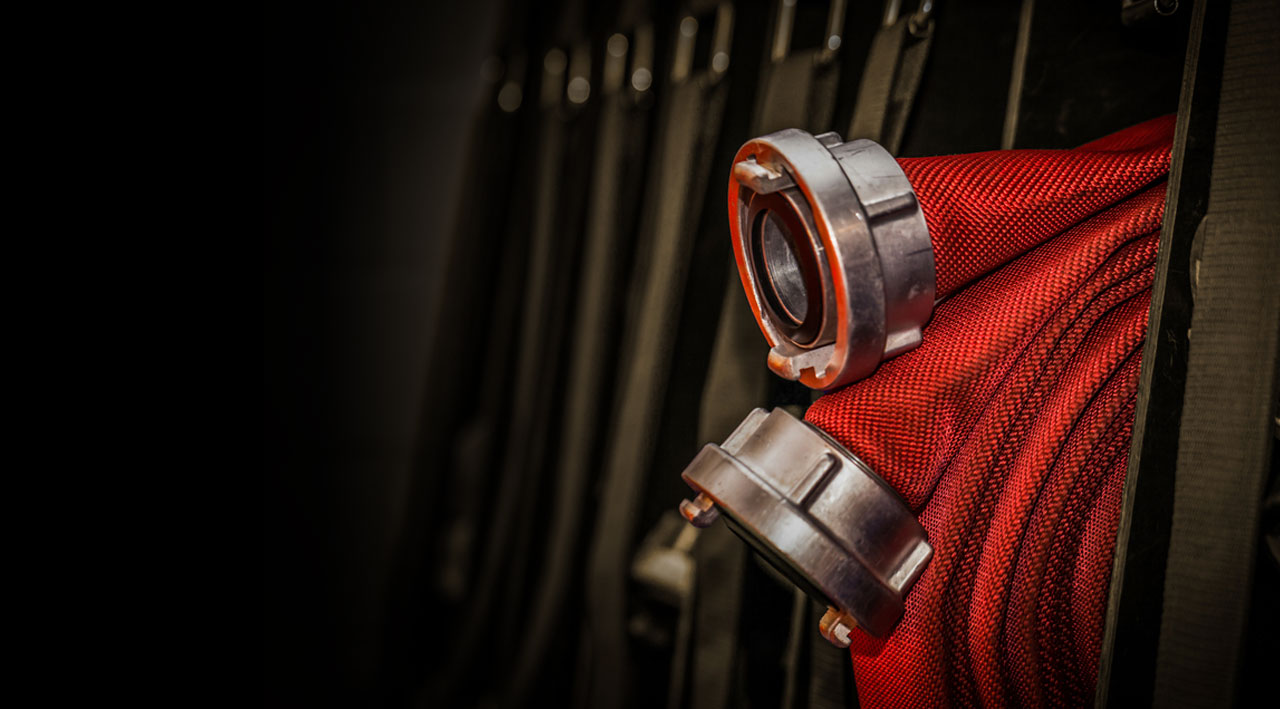
After-sales services
Maintenance and training for beneficiaries
